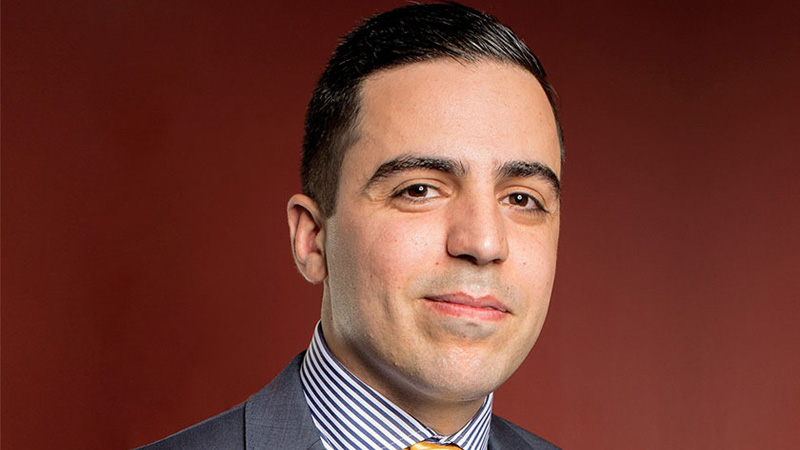High-risk SMSFs under increased pressure with new return labels
The requirement for funds to report Part A qualifications in their return could place strain on the relationship between auditors and accountants and put funds with higher risk profiles firmly on the ATO’s radar, a technical expert cautions.
As previously reported, the 2019 SMSF annual return contains a new label requiring tax agents and their clients to indicate if Part A of the fund’s audit report was qualified.
Hayes Knight director of SMSF services Ray Itaoui said Part A qualifications were never historically reported to the ATO, and that the new requirement “may place some increased pressure on the accountant and auditor relationship”.
“Previously, Part A qualifications were seen as a lesser evil. If there was a particular issue with the fund, the auditor might let the accountant know they were going to qualify Part A and the accountant would be happy with that because they didn’t need to report anything to the ATO,” Mr Itaoui said.
“Now that Part A qualifications need to be reported, I suspect it’s going to create some more friction between auditors and accountants.”
One particular area where this new requirement may be an issue is where a client has a related-party loan and they haven’t strictly followed the safe harbour provisions, he noted.
“If they don’t meet the requirements of the safe harbour provisions, then the auditor is likely to qualify Part A of the auditor report to say that there is a misstatement in the financials,” he explained.
“There is also another new section that’s been added to the tax return requiring tax agents to report outstanding LRBA information.”
The combination of these two new sections means the ATO can really narrow down on the funds it considers to be high risk.
“The ATO is going to know which funds have a loan from a related party which isn’t meeting the safe harbour provisions straight away, whereas in the past perhaps it wasn’t so clear,” he said.
“It’s going to be interesting to see what the ATO does with this information. I suspect that with the advances in data-matching and data analytics, we’re moving into an environment where transparency and disclosure is key and that also ties into event-based reporting.”
Mr Itaoui said it’s going to allow the ATO to home in on some high-risk areas with a far more targeted approach.
“We are now moving to an environment where everything is more transparent and the ATO can see a lot more. They’re getting better at using analytics to understand exactly what they’re looking at,” he said.
Chartered Accountants Australia and New Zealand superannuation leader Tony Negline said, given that the 2019 return also asks if the qualifications being reported were rectified, this may encourage SMSF professionals and their clients to rectify issues much faster.
“Let’s say, for example, a trustee inadvertently took some money out of their account to pay for the shopping. In the past the auditor might look at [that] and say, just pay it back and I won’t report it, and the trustee would probably fix it up at a later point,” he said.
“Now they’re probably thinking that they need to fix it up now, because otherwise the ATO is going to see that they haven’t rectified that Part A qualification. So, it may encourage people to tidy issues up.”

Miranda Brownlee
Miranda Brownlee is the deputy editor of SMSF Adviser, which is the leading source of news, strategy and educational content for professionals working in the SMSF sector.
Since joining the team in 2014, Miranda has been responsible for breaking some of the biggest superannuation stories in Australia, and has reported extensively on technical strategy and legislative updates.
Miranda also has broad business and financial services reporting experience, having written for titles including Investor Daily, ifa and Accountants Daily.








